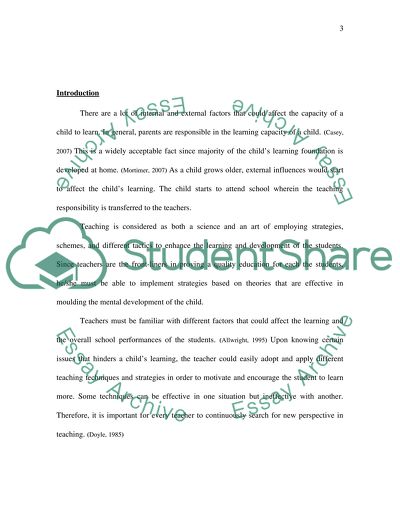Cite this document
(“Factors Affecting a Childs Learning Essay Example | Topics and Well Written Essays - 3750 words”, n.d.)
Factors Affecting a Childs Learning Essay Example | Topics and Well Written Essays - 3750 words. Retrieved from https://studentshare.org/education/1539436-factors-affecting-a-childs-learning
Factors Affecting a Childs Learning Essay Example | Topics and Well Written Essays - 3750 words. Retrieved from https://studentshare.org/education/1539436-factors-affecting-a-childs-learning
(Factors Affecting a Childs Learning Essay Example | Topics and Well Written Essays - 3750 Words)
Factors Affecting a Childs Learning Essay Example | Topics and Well Written Essays - 3750 Words. https://studentshare.org/education/1539436-factors-affecting-a-childs-learning.
Factors Affecting a Childs Learning Essay Example | Topics and Well Written Essays - 3750 Words. https://studentshare.org/education/1539436-factors-affecting-a-childs-learning.
“Factors Affecting a Childs Learning Essay Example | Topics and Well Written Essays - 3750 Words”, n.d. https://studentshare.org/education/1539436-factors-affecting-a-childs-learning.


